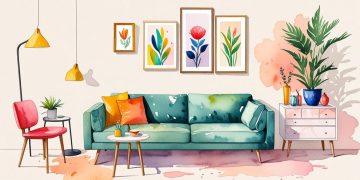This article explores how intentional design elevates user experience in minimalist environments, emphasizing clarity, usability, and emotional connection. By integrating personalization, micro-interactions, and data-driven strategies, brands can enhance user engagement and satisfaction, transforming how users navigate digital landscapes while fostering loyalty in an increasingly competitive market.









